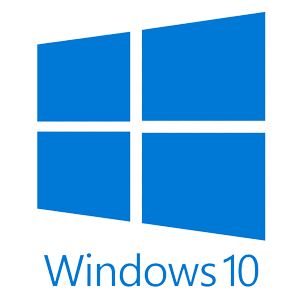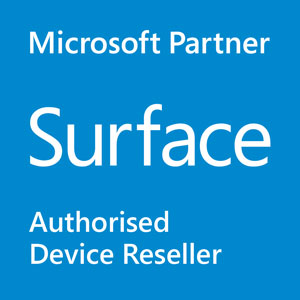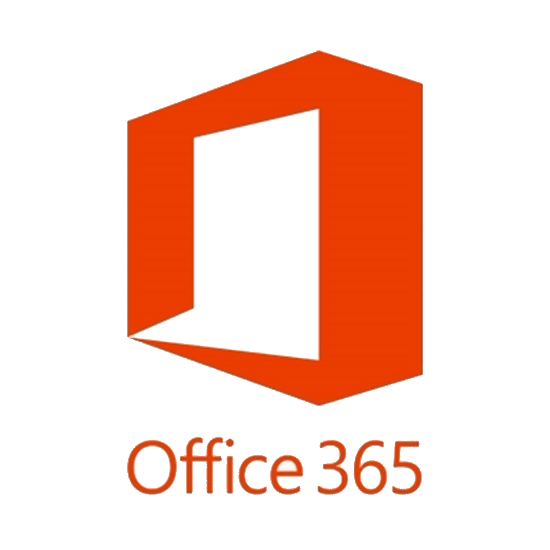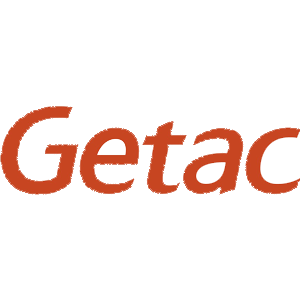In her weekend article in the Sydney Morning Herald, “Australian workplaces succumb to the iPad”, Cynthia Karena covers a number of companies who have adopted tablets.
Interestingly the article demonstrates that much of the push for consumer tablets comes from the simple communication needs of executives and board members. For that, consumer tablets like the iPad can do just fine – security policies permitting.
But for ADT security who wanted to deploy tablets for 80 field technicians, the iPad was never going to cut it. Mark Norton, managing director for ADT in Australia is quoted:
"iPads don’t have the power we need. We’re interfacing with disparate systems."
"Customers sign the tablet and the document is instantly loaded into our enterprise system and emailed to the customer," says Norton.
"Laptops don’t allow customers to sign, tablets do."
ADT deployed the Motion Computing J3500 – a rugged Windows 7 tablet designed specifically for field work. It also has an active digitizer pen interface the allows the technicians to input information in their handwriting and also allows customers to sign on the screen.
Mark Norton’s comments echo our experience with deploying tablets to companies like Rio Tinto, Newcrest Mining, Jemena, SP Ausnet, Goulburn Murray Water, Youi Insurance, Dennis Family Homes and many more. Field users require far more than a consumer tablet can offer.
There are many considerations that businesses take into account including:
- Lack of support for existing applications (deploying remote applications to an iPad is an unworkable compromise)
- No rugged design – Consumer tablets are not designed to be used outdoors, on building or mine sites and in rugged environments. Adding a bulky bump case does not make a consumer tablet rugged.
- Limited input options – Consumer tablets do not support usable handwriting input. Handwriting is much faster than one handed typing on a virtual keyboard.
- Lack of features in available apps – For example the Excel spread sheet readers like Apple’s “Numbers” do not support many formulas or any macros.
- Cost of developing specific company apps for the next big platform – It’s only a matter of time before Android takes over in the consumer tablet space like it is doing in the phone space. Which platform do you throw tens, or hundreds of thousands of dollars at? Or do you just go with small tweaks (if needed) on your existing investment?
Thousands of companies in Australia have already deployed tablets to improve their workflow and eliminate double handling. It is good to see an article in the mainstream media presenting the less sexy side of the tablet world with some balance.







